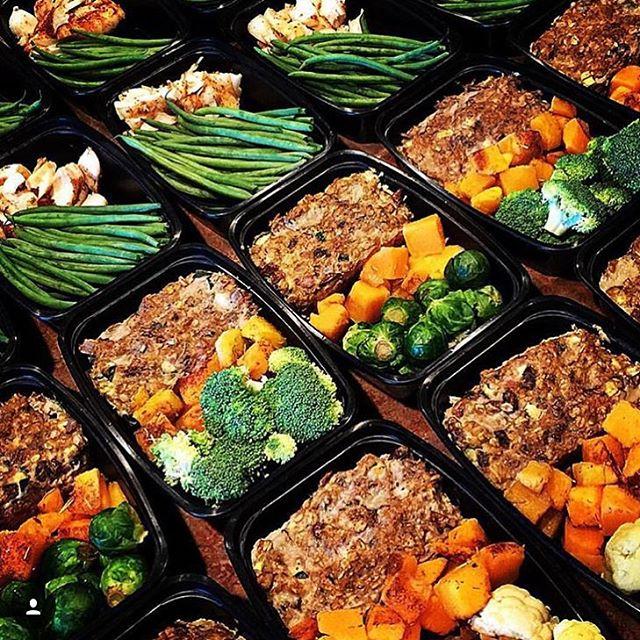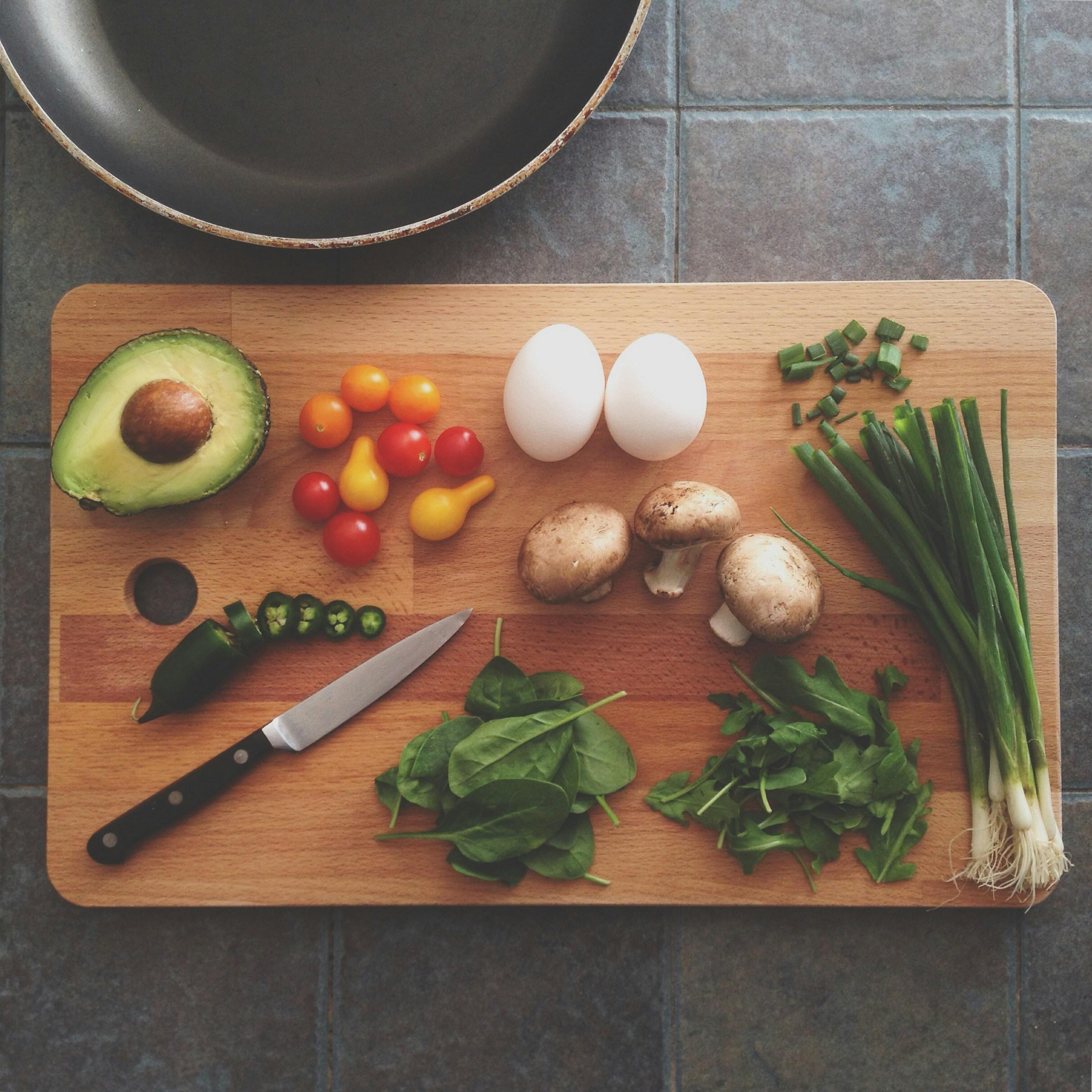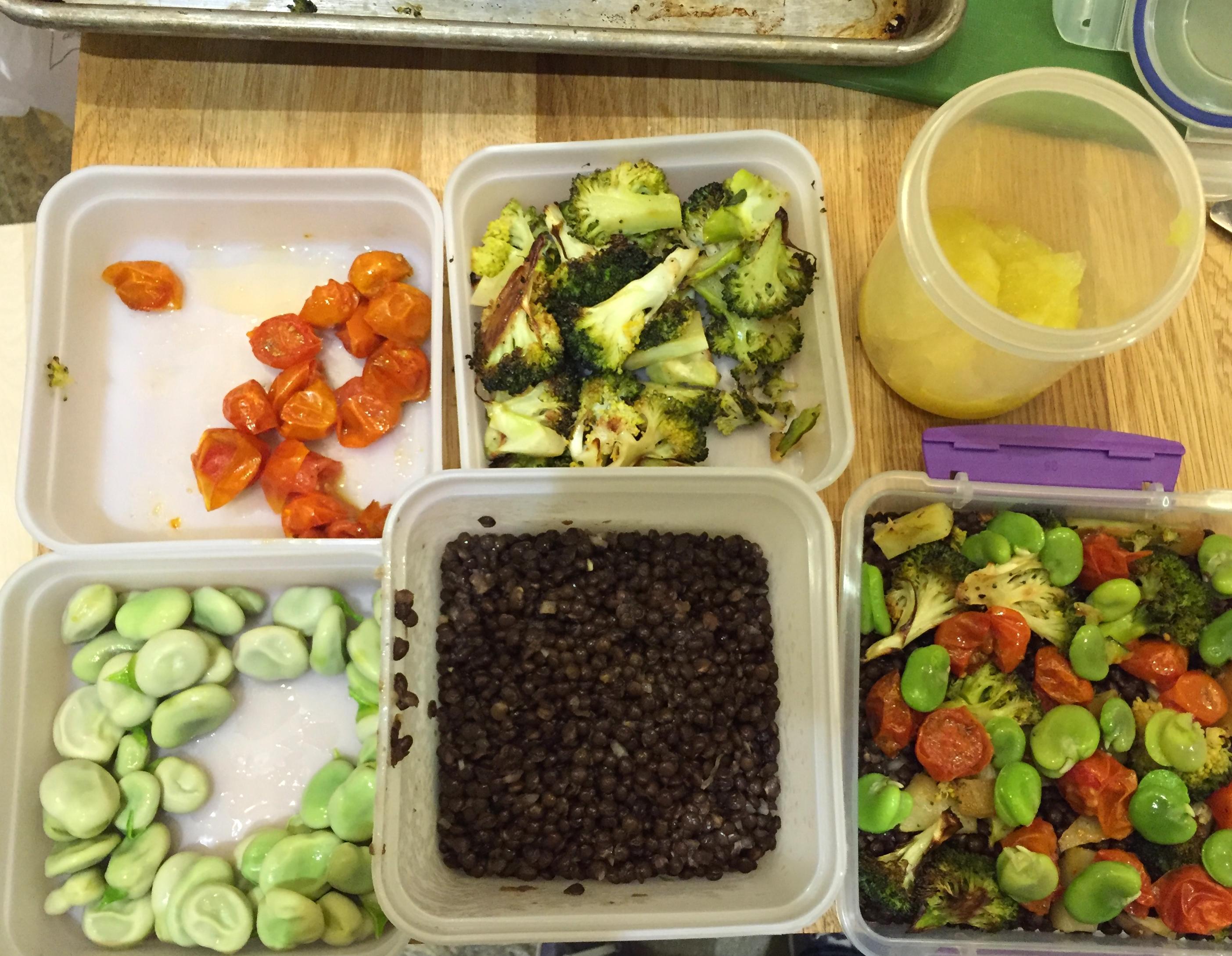Imagine waking up on a Monday morning with a sense of calm and control, knowing that your meals for the entire week are already planned, prepped, and ready to go. No more last-minute dashes to the grocery store, no more unhealthy takeout, and no more stressful dinner decisions after a long day. This is not a fantasy—this is the power of meal prepping. In this guide, we’ll unlock the secrets of how to meal prep like a pro, transforming your kitchen into a well-oiled machine and setting the stage for a healthier, more organized week. Whether you’re a busy professional, a parent juggling multiple responsibilities, or someone simply looking to eat better, mastering the art of meal prep can be your game-changer. So, roll up your sleeves, sharpen those knives, and let’s dive into the world of efficient, nutritious, and delicious meal planning.
Mastering the Basics: Essential Tools and Ingredients for Meal Prep
To embark on your journey of efficient and stress-free meal prep, having the right tools and ingredients is paramount. Equip your kitchen with these essential tools to streamline your process:
- Sharp knives: A good set of knives can make chopping, dicing, and slicing a breeze.
- Cutting boards: Invest in multiple cutting boards to prevent cross-contamination between different food types.
- Storage containers: Opt for a variety of sizes, preferably stackable and microwave-safe, to keep your meals fresh and organized.
- Measuring cups and spoons: Precision is key, especially when following recipes or portioning out meals.
- Blender or food processor: Perfect for smoothies, sauces, and purees, making meal prep versatile and efficient.
Stocking your pantry with the right ingredients ensures you’re always ready to whip up healthy meals. Consider these staples:
- Whole grains: Brown rice, quinoa, and oats provide a hearty base for many dishes.
- Proteins: Keep a mix of lean meats, tofu, beans, and legumes on hand for balanced nutrition.
- Fresh and frozen vegetables: A colorful variety ensures you get a range of nutrients and flavors.
- Healthy fats: Olive oil, nuts, and seeds add richness and satiety to your meals.
- Spices and herbs: These can transform simple ingredients into gourmet meals, so don’t skimp on flavor enhancers like garlic, cumin, and basil.
Crafting a Balanced Menu: Nutritional Tips for Every Meal
Creating a balanced menu doesn’t have to be a daunting task. Start by focusing on nutrient-dense foods that provide a variety of vitamins, minerals, and other essential nutrients. Aim to include a mix of the following in every meal:
- Lean Proteins: Chicken, turkey, tofu, and legumes.
- Whole Grains: Brown rice, quinoa, and whole wheat pasta.
- Healthy Fats: Avocado, nuts, seeds, and olive oil.
- Fresh Vegetables: Spinach, broccoli, bell peppers, and carrots.
- Fruits: Berries, apples, bananas, and citrus fruits.
By incorporating a variety of these food groups, you ensure a balanced intake of macronutrients and micronutrients. Remember, a colorful plate is often a more nutritious one. Pairing different textures and flavors not only makes your meals more enjoyable but also more balanced and beneficial for your health.

Time-Saving Techniques: Efficient Cooking and Storage Hacks
Streamline your weekly meal prep with these ingenious hacks that save both time and effort in the kitchen. Start by organizing your workspace and ingredients; mise en place is not just for professional chefs! Pre-chop vegetables and store them in airtight containers, ensuring you have everything ready for quick assembly. Consider investing in a set of stackable glass containers for easy storage and visibility.
Here are some efficient cooking and storage hacks to boost your meal prep game:
- Batch Cooking: Prepare large quantities of grains, proteins, and vegetables that can be mixed and matched throughout the week.
- Freezer-Friendly Meals: Double your recipes and freeze half for future use. Label and date your containers to keep track of what’s inside.
- Pre-Portioned Snacks: Divide snacks like nuts, fruits, and yogurt into single-serving containers to grab and go.
- Marinate in Advance: Marinate meats and tofu overnight to enhance flavors and save time on cooking day.
- Use Slow Cookers and Instant Pots: These appliances can cook meals while you focus on other tasks, making them perfect for busy schedules.

Keeping It Fresh: Best Practices for Storing and Reheating Meals
Maintaining the freshness and flavor of your prepped meals is crucial for enjoying them throughout the week. Here are some essential tips for proper storage and reheating:
- Use airtight containers: Invest in high-quality, BPA-free containers that seal tightly to keep out moisture and air. This helps in preserving the taste and texture of your food.
- Label and date: Clearly mark each container with the contents and the date it was prepared. This not only helps in keeping track of what needs to be eaten first but also prevents any food from going to waste.
- Reheat properly: When it’s time to enjoy your meal, ensure even heating by stirring halfway through the process. Microwaves can leave cold spots, so consider using the stove or oven for more consistent results.
By following these best practices, you can savor every bite as if it were freshly made, making your meal prep efforts truly worthwhile.





